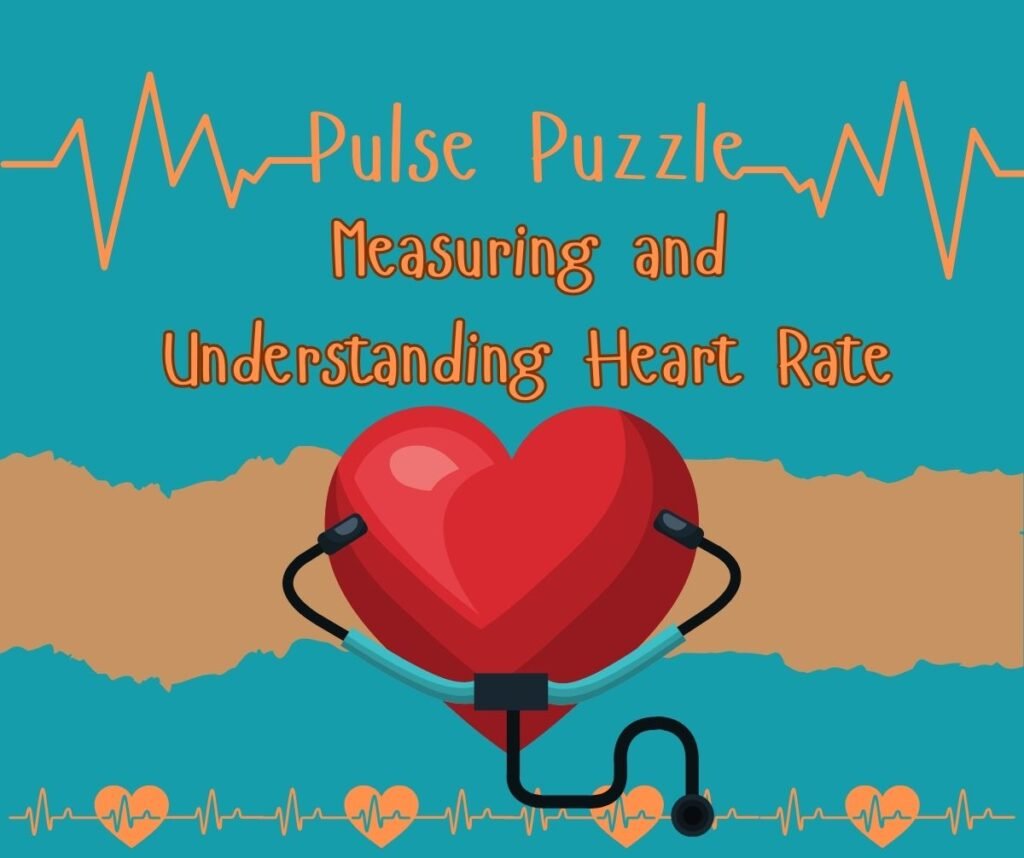Regarding our health, the heart rate plays a pivotal role. Not only is our hearts the central hub of our circulatory system, but their rate and rhythm give us significant clues about our overall well-being. Let’s take a deep dive into understanding and measuring heart rate.

What Exactly is Heart Rate?
In its simplest form, heart rate is the number of times your heart beats in a minute. It’s a crucial marker for various physiological conditions and can vary based on factors like age, fitness level, and even emotions.
The normal resting rate for adults ranges between 60 and 100 beats per minute (bpm). But what makes it so pivotal? For starters, consistent, elevated beats per minute can signal underlying health concerns.
There are traditional methods like checking the pulse on your wrist or neck, but technological advancements have ushered in a new era of heart rate monitoring.
Devices like smartwatches and heart rate monitors have become staples for fitness enthusiasts and health professionals alike.
- Wrist Check: Place your index and third fingers on your opposite wrist, below the thumb. Count the beats for 60 seconds.
- Neck Check: Place the same fingers on the side of your neck, beside your windpipe. Again, count for one full minute.
- Tech Devices: Wearables like Fitbit or Garmin provide continuous rate tracking and insights.
While the heart may be consistent, various external and internal factors can influence its rate. These include:
- Physical Activity: Naturally, your bpm increases with exercise.
- Emotions: Feelings like anxiety or excitement can spike your heart rate.
- Medications: Some medicines can influence the heart’s rhythm and rate.
- Body Position: Standing up or lying down can cause slight variations.

The number of beats per minute when you’re at complete rest, serves as a window to your cardiovascular fitness. A lower resting bpm typically indicates better heart health. Keeping tabs on this number helps detect irregularities early on.
HRV (heart rate variability) is the variation in time between successive heartbeats. It’s a marker of bodily resilience and adaptability. A higher HRV indicates that the body has a strong ability to withstand stress or illness.
Understanding and measuring it goes beyond just counting beats. It offers insights into our health, fitness, and even emotional state. As we march forward in this age of technology, tools and devices will only make it easier for us to keep our finger on the pulse of our health.
Note: Always consult with a healthcare professional about any concerns related to heart rate or overall heart health.



